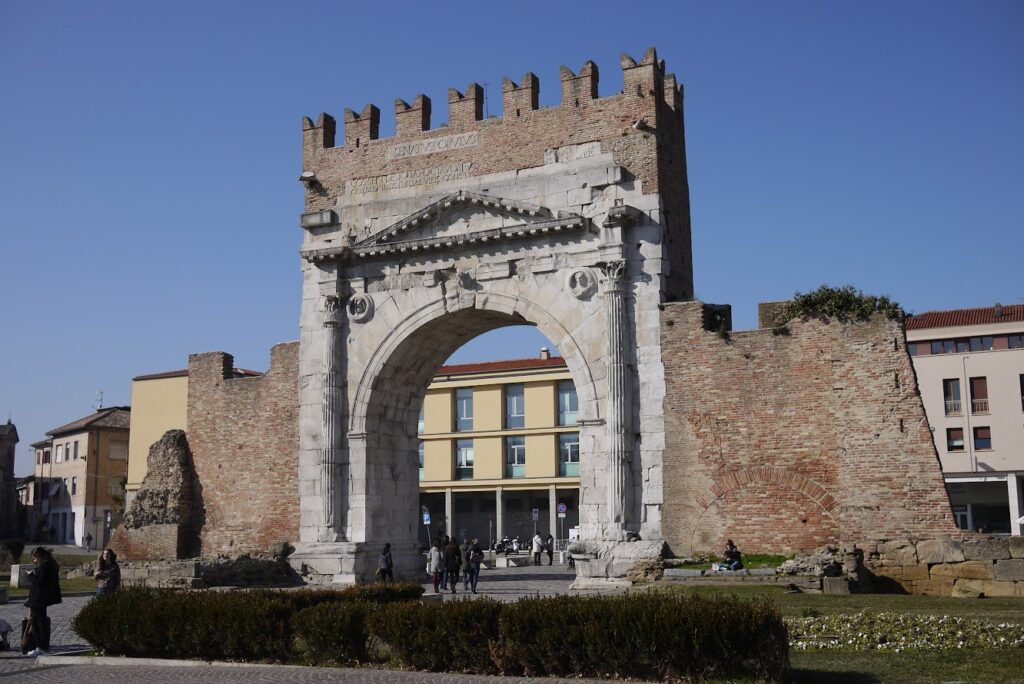
As the holiday season approaches, the Italian towns of Ravenna, Ferrara, Rimini, and Imola come alive with events that capture the spirit of the season. Each of these destinations near Bologna offers unique attractions, from historical exhibitions to lively New Year’s celebrations. Here’s a look at what December has in store for each of these towns:
Ravenna: A Mosaic of Holiday Traditions and Cultural Heritage
In December, Ravenna combines its rich history with the charm of Christmas festivities. Visitors can stroll through Christmas markets in Piazza del Popolo and Piazza Kennedy, where local vendors offer seasonal treats, crafts, and gifts. The markets, along with sparkling holiday lights, add a festive glow to the historic center Ravenna Turismo Ravenna Turismo.
A highlight of the season is the Ravenna Festival’s Autumn Trilogy, featuring semi-staged opera performances like Bellini’s Norma and Verdi’s Nabucco. These events take place from December 16 to 22, offering a unique opportunity to experience classical music in an intimate setting
Ravenna Mosaics. Additionally, Ravenna’s mosaic-adorned churches are decorated with nativity scenes, adding a touch of traditional Italian holiday spirit to this UNESCO-listed city.
Ferrara: Renaissance Splendor and Seasonal Delights
Ferrara’s Renaissance heritage adds a touch of grandeur to its holiday celebrations. The Estense Castle hosts the Il Cinquecento a Ferrara exhibition, which delves into the city’s Renaissance art scene with works by artists like Garofalo and Dosso Dossi. This exhibition runs until February 2025, making it an ideal cultural stop during the holiday season Ferrari Info InFerrara.
Holiday markets fill Piazza Trento e Trieste with stalls selling handmade crafts and festive foods, while Teatro Nuovo offers holiday concerts, including a performance by the guitar quartet 40 Fingers on December 18 Ticketle. For jazz enthusiasts, the Ferrara Jazz Festival at Torrione San Giovanni continues to draw visitors with live performances in this historic venue InFerrara.
Rimini: The Longest New Year’s Eve and Seaside Festivities
Rimini, with its vibrant coastal energy, hosts what it calls the longest New Year’s Eve celebration. The town kicks off its festivities in late November, transforming the historic center into a winter wonderland with Christmas markets and ice-skating rinks. Visitors can explore the markets in Piazza Tre Martiri, where stalls offer everything from holiday decorations to local treats Rimini Turismo Rimini Turismo.
The New Year’s Eve celebration features fireworks at Castel Sismondo, live concerts in various squares, and plenty of entertainment along the beachfront. For sports enthusiasts, Rimini’s Ginnastica in Festa, held from December 5 to 8, is a major national gymnastics event that adds a touch of athletic excitement to the holiday season
Rimini Turismo. Additionally, the S3 Conference at Palacongressi di Rimini on December 11-12 brings together professionals for discussions on digital innovation and sustainability-
Imola: Motorsports and Medieval Festivities
Known for its motorsports legacy, Imola brings a unique flair to its December celebrations. While major races aren’t held in December, the Autodromo Enzo e Dino Ferrari offers guided tours of the famous track. These tours provide an up-close look at the circuit that has hosted iconic events like Formula 1 and the World Endurance Championship Autodromo Imola.
Beyond the racetrack, Imola embraces the holiday spirit with events in its medieval town center. Christmas markets pop up in Piazza Matteotti, featuring local crafts and seasonal foods AllEvents.in. Imola also boasts holiday concerts at venues like Teatro Stignani, where visitors can enjoy a range of classical and contemporary performances Imola Faenza. For those interested in local history, the Checco Costa Museum frequently hosts exhibitions on the town’s motorsports heritage, providing a perfect blend of culture and holiday cheer.
Conclusion
The holiday season brings a variety of festive activities to Ravenna, Ferrara, Rimini, and Imola, each offering its own unique blend of history, culture, and seasonal charm. Whether you’re exploring Ravenna’s Byzantine mosaics and opera performances, Ferrara’s Renaissance art and jazz, Rimini’s coastal celebrations, or Imola’s motorsport heritage and medieval markets, these towns offer something for every visitor. Embrace the warmth and wonder of Italy’s Emilia-Romagna region this December, and experience the rich traditions that make the holiday season unforgettable in these historic towns.

